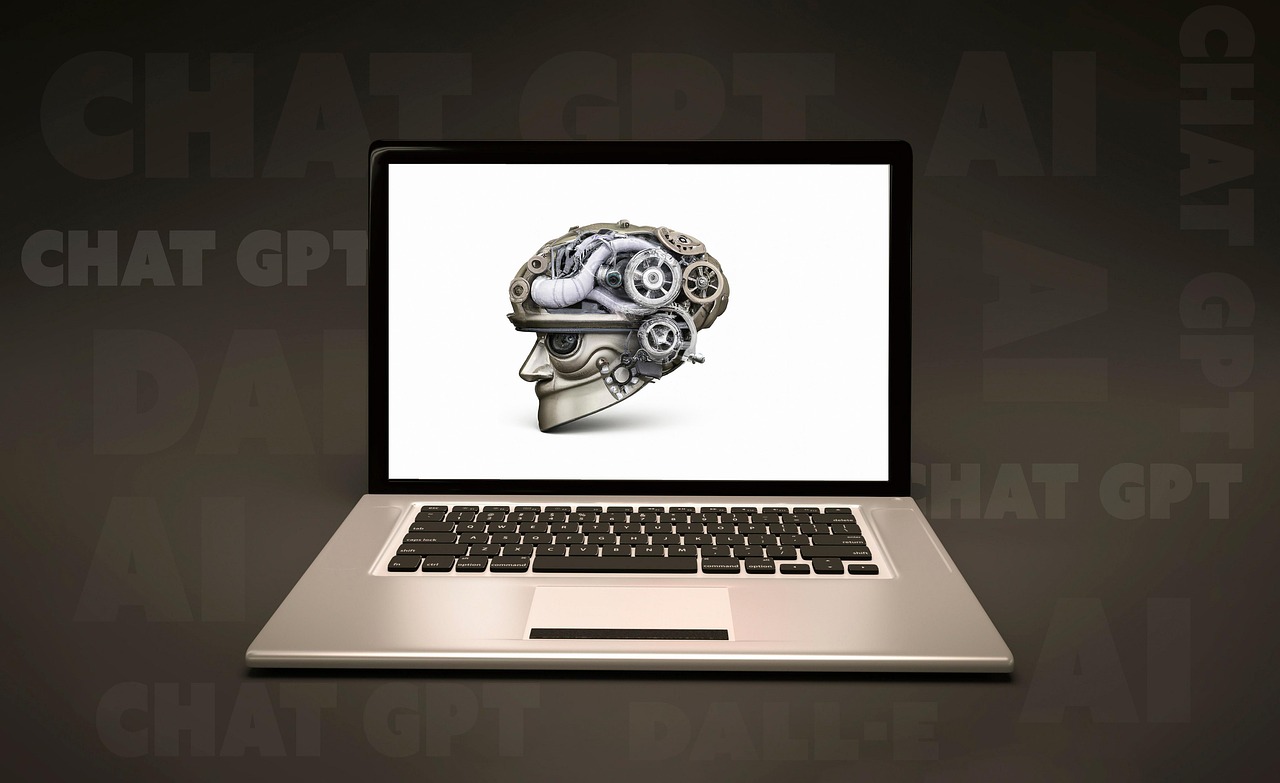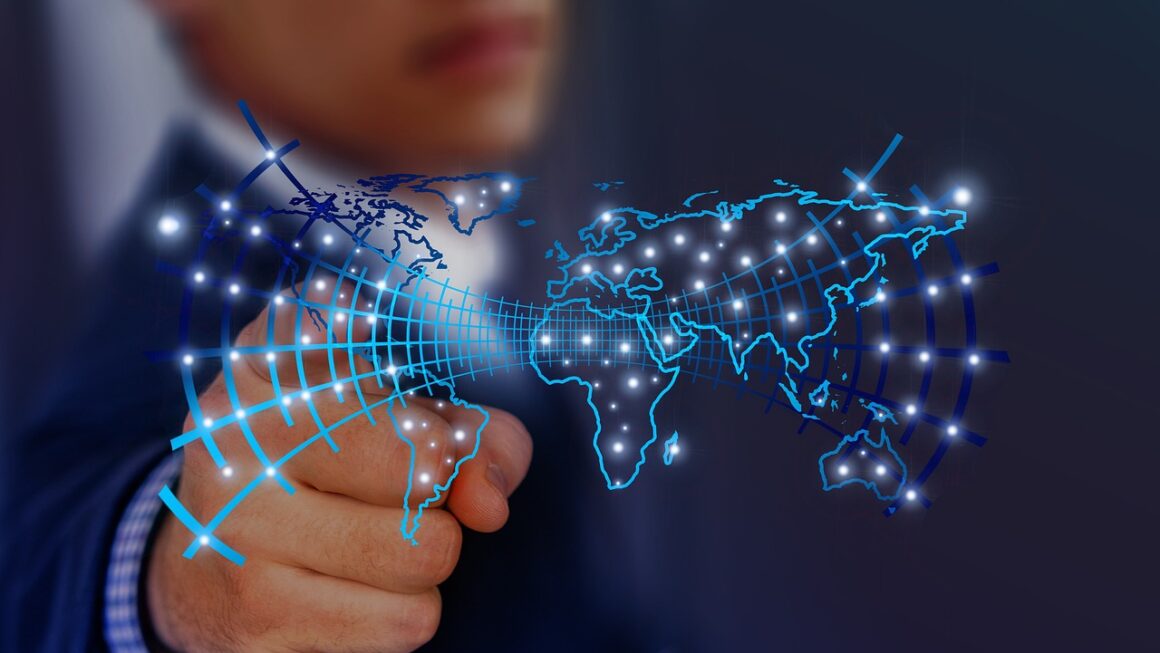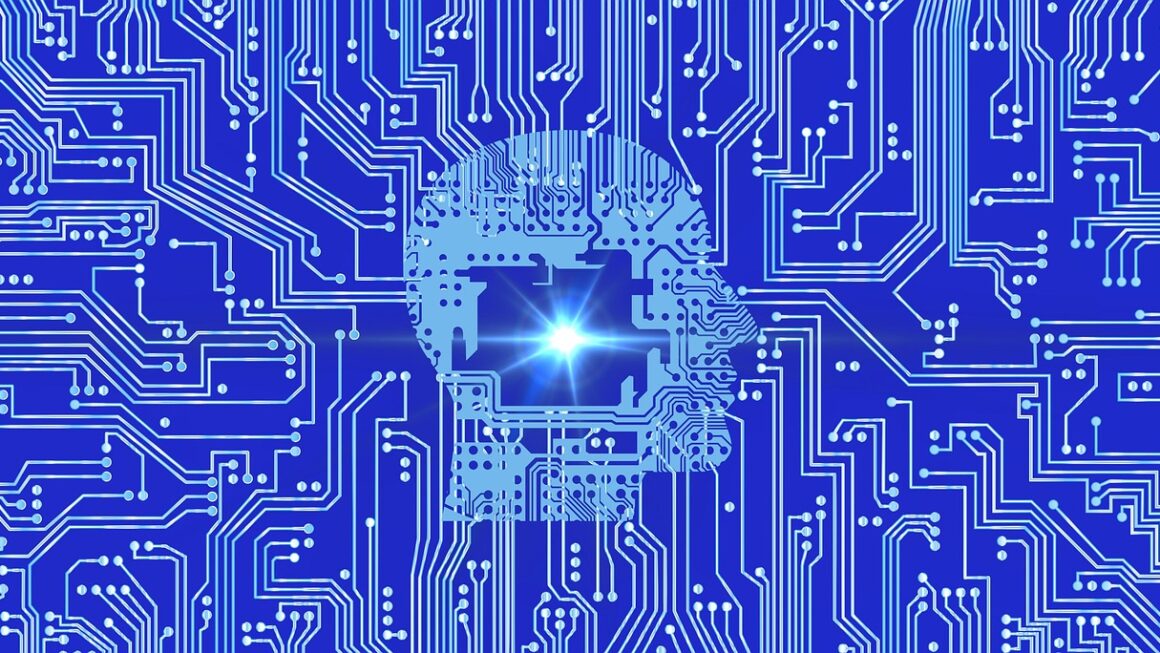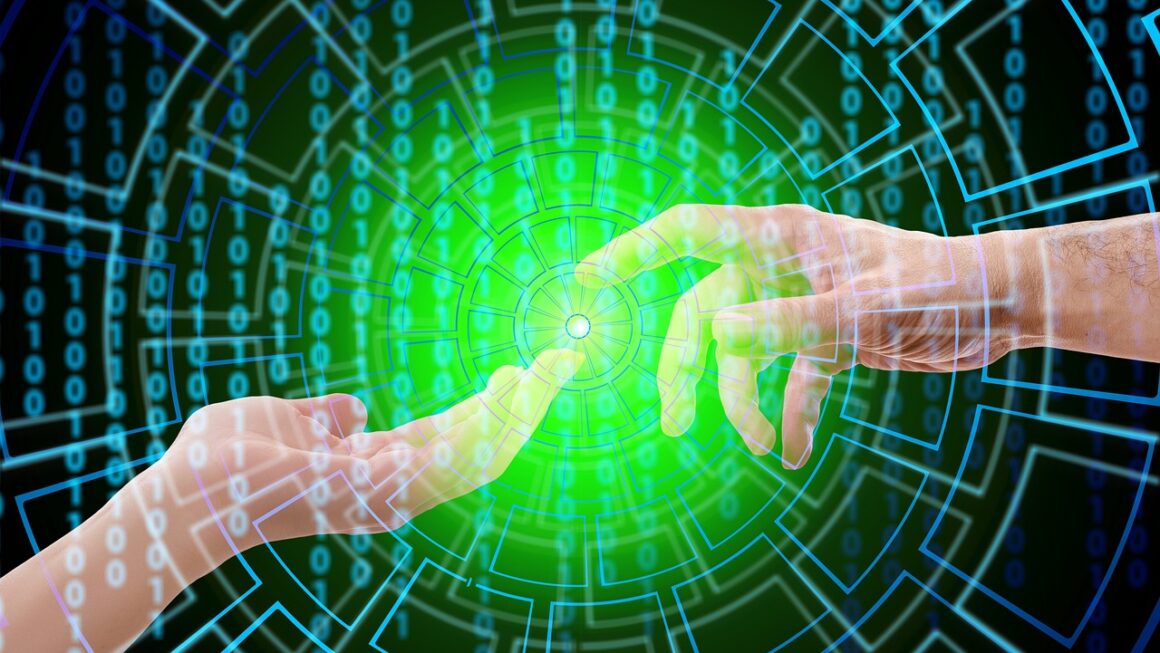The world is rapidly transforming, driven by technological advancements that are reshaping industries and daily life. At the forefront of this revolution are autonomous systems, intelligent machines capable of performing tasks without explicit human intervention. From self-driving cars to robotic process automation, these systems are poised to redefine efficiency, productivity, and innovation. This blog post explores the fascinating world of autonomous systems, delving into their principles, applications, challenges, and the future they promise.
Understanding Autonomous Systems
Autonomous systems are more than just automated machines; they are sophisticated entities that can perceive their environment, make decisions, and execute actions to achieve specific goals. They achieve this through a combination of sensors, algorithms, and actuators, working together to create a closed-loop control system.
Defining Autonomy
Autonomy, in the context of these systems, refers to the ability of a machine to operate independently, with minimal human guidance. The level of autonomy can vary, ranging from semi-autonomous systems that require some human oversight to fully autonomous systems that can operate without any human intervention. This is often defined using levels of autonomy, such as those used for self-driving cars, ranging from 0 (no automation) to 5 (full automation).
- Key features of autonomous systems:
Perception: Gathering information about the environment through sensors.
Decision-making: Processing information and determining the best course of action.
Action: Executing the chosen action through actuators.
Learning: Adapting and improving performance based on experience.
Core Components
An autonomous system typically comprises several key components that work together to enable its operation:
- Sensors: Devices that collect data about the environment, such as cameras, lidar, radar, and GPS.
Example: A self-driving car uses cameras to identify lane markings and traffic signals. Lidar is used for 3D mapping and object detection, even in low light conditions.
- Algorithms: Mathematical models and computational procedures that process sensor data and make decisions. These can include:
Computer Vision: For interpreting images and videos.
Machine Learning: For learning from data and improving performance over time. Specifically, Deep Learning is used to power many of the computer vision systems needed for self-driving, robotics, and more.
Path Planning: For navigating through the environment.
- Actuators: Devices that execute actions based on the decisions made by the algorithms, such as motors, valves, and robotic arms.
Example: In an automated factory, actuators control robotic arms to assemble products.
Applications Across Industries
Autonomous systems are revolutionizing various industries, offering numerous benefits and transforming traditional processes.
Transportation
The transportation sector is witnessing a significant transformation with the advent of autonomous vehicles.
- Self-Driving Cars: Autonomous cars promise to improve safety, reduce traffic congestion, and enhance mobility for people who are unable to drive. Companies like Tesla, Waymo, and Cruise are investing heavily in this technology. The Society of Automotive Engineers (SAE) defines six levels of driving automation, ranging from 0 (no automation) to 5 (full automation).
- Autonomous Drones: Drones are being used for delivery services, surveillance, and infrastructure inspection. Companies like Amazon and UPS are exploring drone delivery to improve efficiency and reduce costs.
Example: Inspecting power lines for damage is faster and safer with drones.
- Autonomous Shipping: Self-steering ships are being developed to automate cargo transportation and reduce operational costs.
Manufacturing
Automation has long been a staple in manufacturing, but autonomous systems are taking it to the next level.
- Robotic Process Automation (RPA): RPA involves using software robots to automate repetitive and rule-based tasks, such as data entry, invoice processing, and customer service. This improves efficiency and reduces errors. RPA is expected to continue to grow rapidly, with the market projected to reach billions of dollars in the coming years.
- Autonomous Robots: Robots are used for a variety of tasks, including assembly, welding, and painting. These robots are becoming increasingly sophisticated, capable of adapting to changing environments and collaborating with human workers.
* Example: Collaborative robots (cobots) work alongside human workers to perform tasks that are too dangerous or strenuous for humans.
Healthcare
Autonomous systems are transforming healthcare by improving patient care, reducing costs, and enhancing efficiency.
- Surgical Robots: Robots are used to assist surgeons with complex procedures, providing greater precision and control. These robots can perform minimally invasive surgeries, reducing recovery times and improving patient outcomes.
- Autonomous Diagnosis: AI-powered systems are being developed to assist doctors with diagnosis, by analyzing medical images, such as X-rays and MRIs.
- Medication Dispensing: Autonomous systems are used to dispense medications accurately and efficiently, reducing the risk of errors and improving patient safety.
Agriculture
Autonomous systems are revolutionizing agriculture by improving efficiency, reducing costs, and enhancing sustainability.
- Autonomous Tractors: Tractors are used to automate plowing, planting, and harvesting. These tractors can operate 24/7, improving productivity and reducing labor costs.
- Precision Agriculture: Autonomous systems are used to monitor crop health, optimize irrigation, and apply fertilizers and pesticides precisely. This improves yields and reduces environmental impact.
Challenges and Considerations
Despite their potential, autonomous systems also face several challenges and raise important considerations.
Ethical Concerns
The development and deployment of autonomous systems raise several ethical concerns:
- Bias: Autonomous systems can perpetuate and amplify existing biases if they are trained on biased data. This can lead to discriminatory outcomes in areas such as hiring, lending, and criminal justice.
- Accountability: Determining who is responsible when an autonomous system makes a mistake can be challenging. This is particularly important in safety-critical applications, such as self-driving cars.
- Privacy: Autonomous systems collect vast amounts of data about people and their environments, raising concerns about privacy.
Technical Challenges
There are several technical challenges associated with the development of autonomous systems:
- Reliability: Autonomous systems must be highly reliable and robust, capable of operating in a wide range of conditions.
- Security: Autonomous systems are vulnerable to cyberattacks, which could compromise their operation and safety.
- Scalability: Developing autonomous systems that can be deployed at scale is a significant challenge.
Societal Impact
The widespread adoption of autonomous systems could have a significant impact on society:
- Job Displacement: Automation could lead to job displacement in some industries, requiring workers to retrain and acquire new skills.
- Economic Inequality: The benefits of automation could be concentrated in the hands of a few, exacerbating economic inequality.
- Social Disruption: The rapid pace of technological change could lead to social disruption and anxiety.
The Future of Autonomous Systems
The future of autonomous systems is bright, with ongoing research and development pushing the boundaries of what is possible.
Trends and Innovations
Several key trends are shaping the future of autonomous systems:
- Edge Computing: Processing data closer to the source, reducing latency and improving performance.
- Artificial Intelligence (AI): Advancements in AI are enabling autonomous systems to learn, adapt, and make decisions more effectively.
- Cloud Computing: Providing access to vast amounts of data and computing power, enabling the development of more sophisticated autonomous systems.
- Sensor Fusion: Combining data from multiple sensors to create a more complete and accurate picture of the environment.
Predictions and Projections
Experts predict that autonomous systems will become increasingly prevalent in the coming years, transforming industries and daily life.
- The market for autonomous vehicles is expected to grow rapidly, reaching trillions of dollars in the coming decades.
- Robotic process automation (RPA) will continue to expand, automating a wide range of tasks in businesses and organizations.
- Autonomous systems will play an increasingly important role in healthcare, improving patient care and reducing costs.
- Agriculture will become more efficient and sustainable with the adoption of autonomous tractors and precision agriculture technologies.
Conclusion
Autonomous systems represent a transformative technology with the potential to revolutionize industries and improve our lives. While there are challenges and considerations that must be addressed, the benefits of autonomous systems are undeniable. As technology continues to advance, we can expect to see even more innovative applications of autonomous systems in the future. By understanding the principles, applications, and challenges of autonomous systems, we can better prepare for the future and harness the power of these technologies to create a better world.




